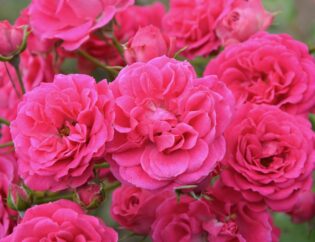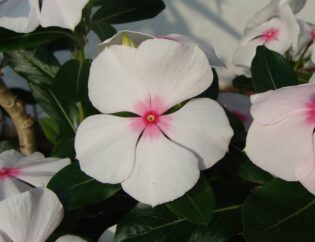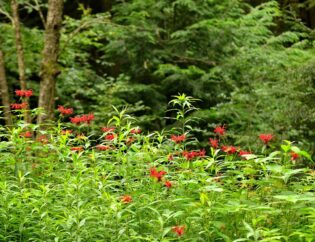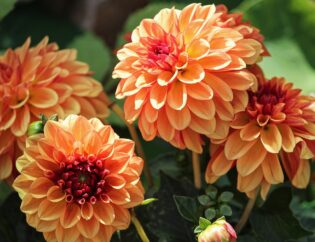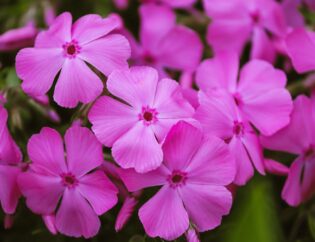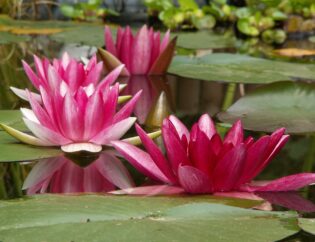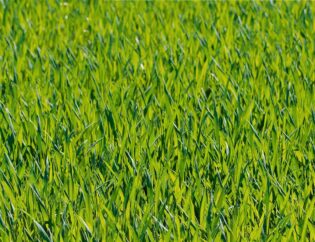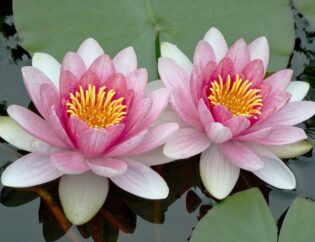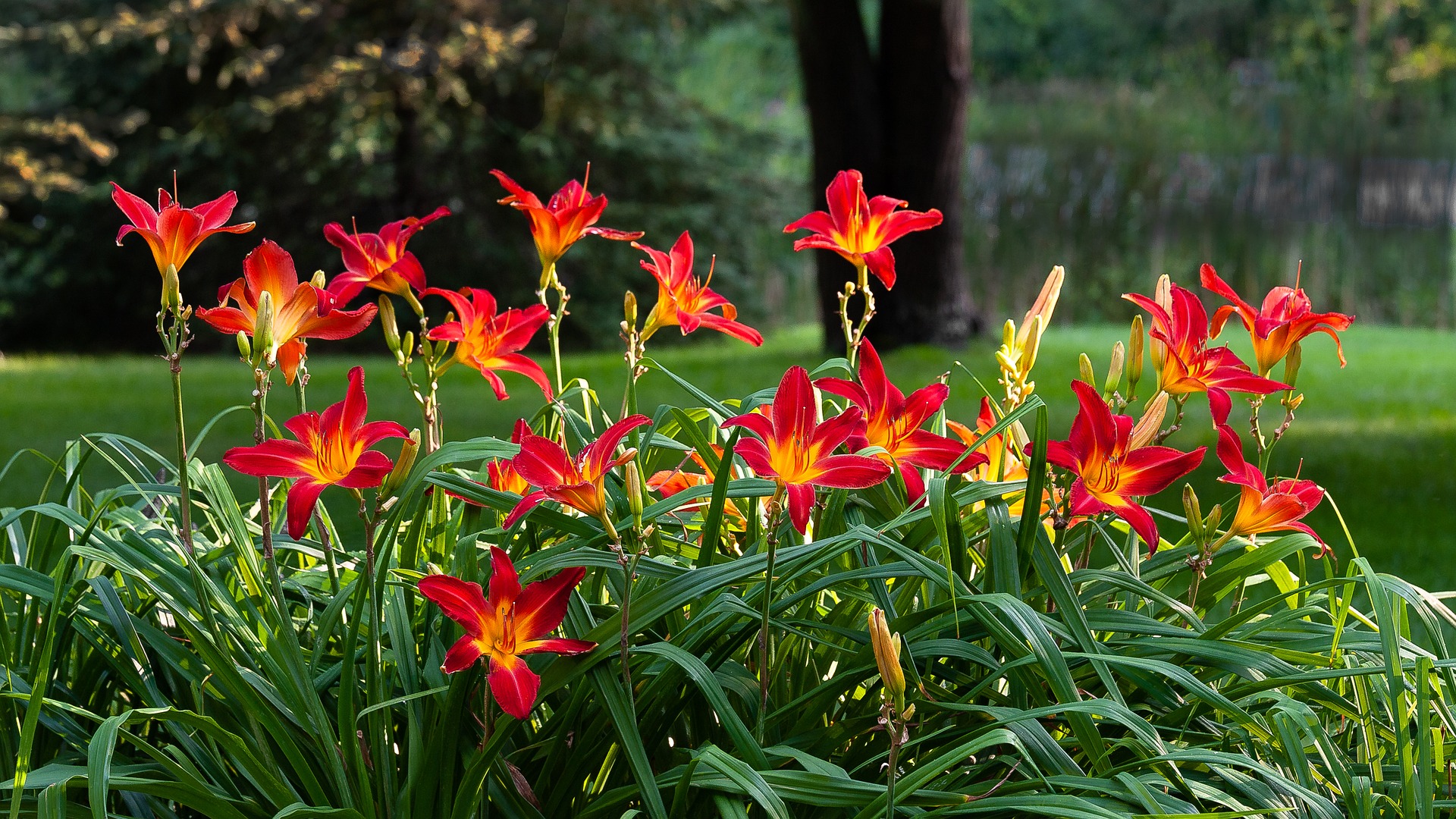
What is perennial landscaping? It’s a homeowner’s best friend when they want landscaping that is easy to care for and will bloom year after year.
When building a perennial landscape, homeowners choose plants that are not simply “one-season-wonders.” Rather they pick plants that impress all year round. Here are a few pointers to get started.
1. Start with a Plan
Before digging a single hole or taking a trip to the plant nursery, it’s a great idea to map out the landscape plan first. Having a rough sketch and measurements to work from will make the entire process infinitely easier.
Plus, learning to draw a landscape plan isn’t nearly as complicated as some people might think. The right app helps to make the whole task super simple. But the important part is having a plan, whether using an app or on paper, that outlines the end goal. This prevents unnecessary work that will have to be redone later.
2. Consider Home Architecture and Style
Take a moment to examine the home’s architecture. The finished product won’t look right if the style of the landscaping doesn’t mesh with the style of the home.
Cutesy garden beds with lacy flowers and garden gnomes will work well with a one-story cottage-style home. However, an imposing Colonial-style home will require a more formal style of landscaping with straight lines and impressive shrubbery like boxwoods.
3. Scale Down (Or Maybe Up)
Too little or too much (of both plants and hardscape) can easily throw the whole landscape out of whack. Plants that are too large can dwarf a small outdoor space and make it seem smaller, and tiny plants make a large yard look out of scale.
The main thing is to make sure that the landscaping and the home look proportional. This will help keep harmony in the design. As a result, the landscaping that results is attractive and complementary.
4. Baby Plants Grow Up So Fast
The whole point of perennial landscaping is to cut down on the amount of yard work every year. Unfortunately, many homeowners don’t stop to think about what their plants will look like within a couple of years.
Try to base your landscaping plan on the plant’s size at maturity, rather than what it looks like now. Remember to avoid planting trees near water lines, driveways, or anything else that the root systems can damage easily.
Of course, sometimes it’s necessary to remove trees or other plants, but it’s nice to avoid it as much as possible.
5. Bloom in All Seasons
Perennial flowers bloom at different times of the year. A savvy landscape designer can create a garden that seems to always be in bloom by choosing plants with different blooming seasons. Then, it’s just a matter of sprinkling them throughout the grounds.
Done well, the garden will nearly always have beautiful blooms or fall colors erupting somewhere. Even winter can be beautiful with a few strategically-placed evergreens!
6. Palette Perfect
It’s hard to go wrong when choosing colors for a garden — even flowers whose colors clash still look cheerful. However, those who take the time to carefully plan their color palette will reap big rewards.
Consider monochromatic themes with different shades of the same color or pull out a color wheel to get fancier. Choose colors that are side-by-side like yellow and orange or complementary colors that are opposite like purple and yellow.
7. Right Place at the Right Time
Now here’s where things get tricky. In addition to thinking about the aesthetic, it’s important to consider the plant’s needs. Some perennial flowers do fabulously in full sun, while others wither under the summer heat. Some strong plants provide a great windbreak while others are too tender.
It’s also important to pick the right time of year for planting. Trying to establish new plants under the hot summer sun is an unnecessary uphill battle. Fall is a good time in Georgia as it gives the plant the whole winter season to develop its root system before it turns its attention to blooming.
8. Plant with Height in Mind
Don’t forget about the plant’s final height when choosing the positioning. Taller plants should go toward the back of a garden bed or they will block shorter plants from view. When planting a circular garden, taller plants should go in the middle with the shorter plants creating a ring around them.
While it is tempting to just plant all one height of perennial plants, it’s a missed opportunity. Garden beds filled with shorter plants at the front and taller ones towards the back have a sense of depth. This makes for a visually interesting display. Further, using different kinds of plants is a great way to add different shades, foliage textures, and flower shapes.
9. Full-Sun Perennial Favorites
Looking to fill a sunny section with perennial landscaping? Here are some fantastic suggestions for perennials that do well even during the hot, humid summers in Georgia.
- Yarrow (Achillea)
- Butterfly Weed (Asclepias)
- Blanket Flower (Gaillardia)
- Black-Eyed Susan (Rudbeckia hirta)
- Sage (Salvia)
- Coneflower (Echinacea)
- Bee Balm (Monarda didyma)
- Shasta Daisy (Leucanthemum)
10. Best Full-Shade Perennial Options
There are also many plants that might wilt in the hot Georgia sun that grow beautifully in shady areas. With such a selection, homeowners can always find the perfect perennials for their yards — it just might take a little research. Here are a few shady perennial favorites to get started.
- Native Columbine (Aquilegia canadensis)
- Lily-of-the-Valley (Convallaria)
- Bleeding Hearts (Dicentra spectabilis)
- Pig Squeak (Bergenia cordifolia)
- Coral Bells (Heuchera americana)
- False Spirea (Astilbe x ardensii)
- Solomon’s Seal (Polygonatum odoratum)
11. Evergreen Perennials for Georgia
Evergreens are an important piece of the puzzle for homeowners that want a lively 4-season garden. There are many species that work great as ground cover as well as focal pieces that can steal the show. Here are a few favorites:
- Arborvitae
- Japanese Cryptomeria (Cryptomeria)
- Some Azaleas
- Junipers
- Some Rhododendrons
- Loblolly Pine (Pinus taeda)
12. Looking for the Easiest Perennials to Grow?
With a little planning and careful plant selection, it is possible to enjoy low-maintenance perennial landscaping year after year. There are many perennial flowers and plants that offer little worry about missing a day of watering, pruning at just the right time, or dead-heading flowers.
Some good examples include native plants, evergreens, vining ground covers, and perennial grasses. To get a complete list of species options, check out the University of Georgia Extension’s guide.
Get the Best Perennials for your Georgia Yard
Don’t hesitate to contact our landscaping services experts here at Atlanta Turf & Tree. Founded in 2007 and specializing in the greater Atlanta area, we know a thing or two about landscaping in Georgia. We can help you with all of your landscaping and lawn care needs, including choosing the best perennials for your yard!
